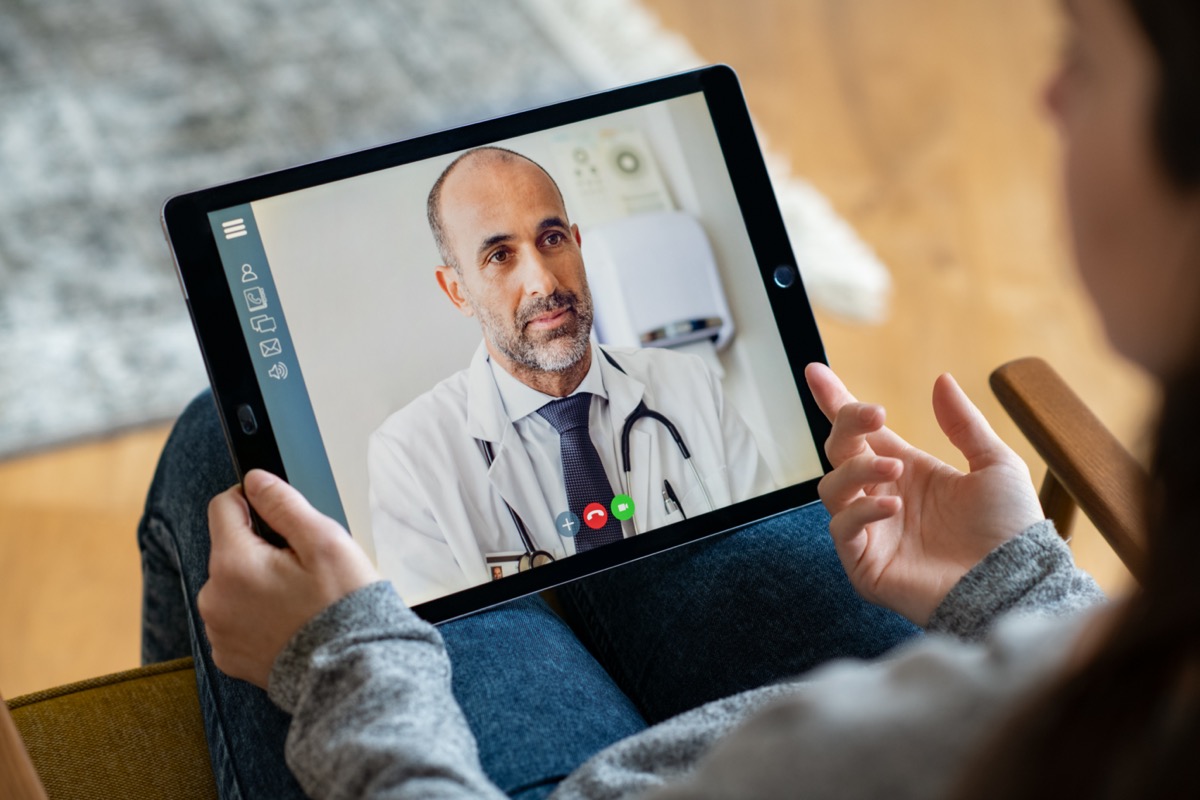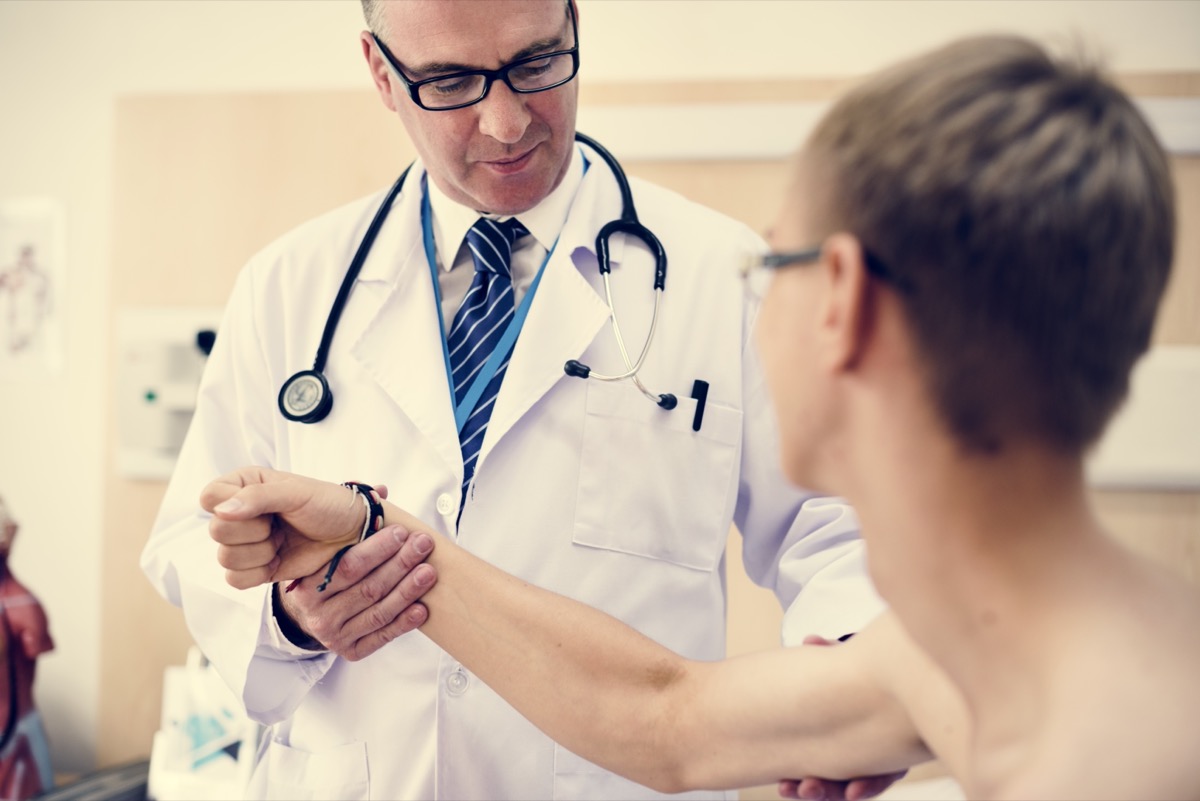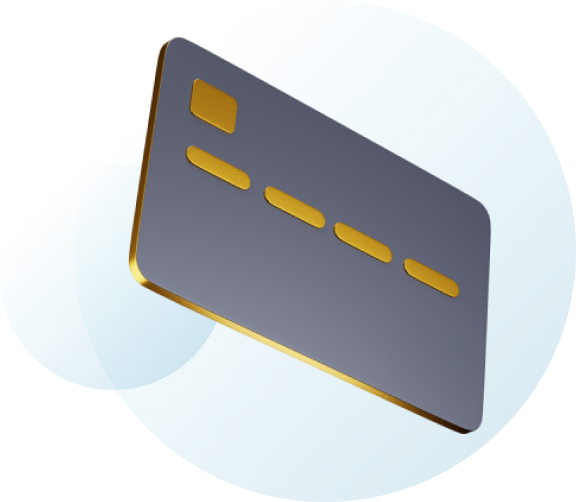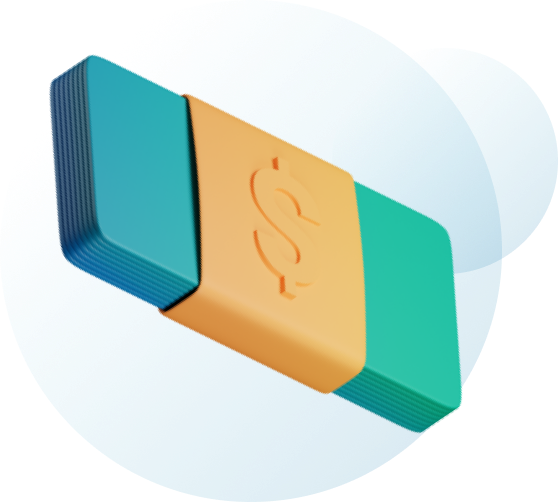Get help now for muscle and joint pain
Immediate access.
Immediate answers.
Don’t wait to see a doctor to find out what’s wrong and how serious it is.

A new way to get help How Upswing works

1
FIND OUT WHAT’S WRONG IN MINUTES
Utilize our AI driven Symptom Assessment Tool to find the possible conditions to match your symptoms.

2
TALK TO AN ORTHOPEDIC SPECIALIST NOW
Upswing Coaches (Certified Athletic Trainers) are your first contact and are available 7 days a week.

3
CONSULT WITH AN ORTHOPEDIC PHYSICIAN
Our team of physicians are board certified in Orthopedic Surgery or Sports Medicine.

4
BEGIN YOUR PATH TO RECOVERY
Whether it is a video based exercise program, X-Ray or a referral to physical therapy, your recovery plan is personalized to your needs.

